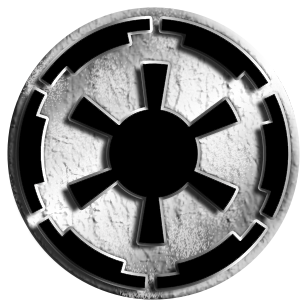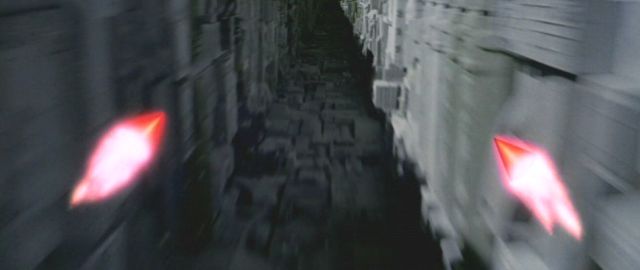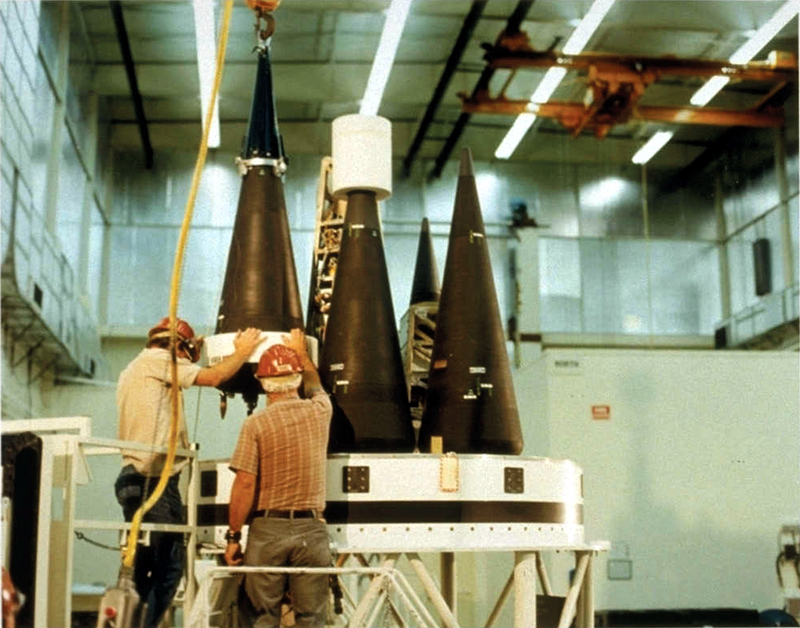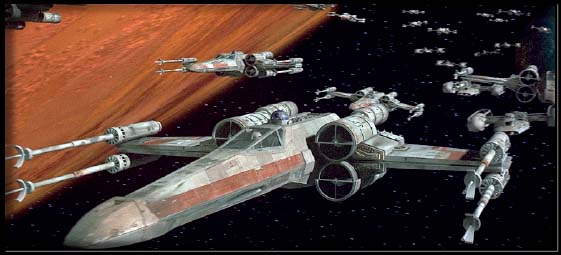


Proton torpedoes are SW fighter-based weapon used to attack targets that fighter's cannons cannot harm or cannot hit accurately. It does not seem to have particularly high range, probably few kilometers to few dozen kilometers, high-end.
Proton torpedoes have similar appearance to modern-day nuclear warheads (pictures below). That may or may not suggest similar operating principle; however, it probably suggests similar use, as MIRV can target multiple smaller targets. All modern MIRV warheads are in 100 kt range.


Only time we actually see proton torpedo explosion in Original Trilogy is RotJ, when Wedge fires at some mechanism which is part of DSII reactor. We have this situation:

Drive glow of X-wing, as seen several times before, is, at great distance, roughly 1/2 of width of X-wing itself. X wing is roughly 9.5 meters long. From screenshot below, we can conclude that width is roughly same; however, I will round it up to 10 meters.

So, we have 0.5 meters per pixel ratio. With that, we have upper part of reactor as being 24 meters. In next picture, we have that part of reactor as being 46 pixels, giving us 0.522 meters per pixel ratio. Explosion works out as 45.39 x 28.7 meters. However, lower part of explosion is likely some kind of secondary explosion, so we have explosion caused by proton torpedo to be 29 meters in diameter, which, by using this calculator, gives us sub-1-ton explosion. Using 46 meters as diameter, we get 16-ton explosion, high end. However, true yield could be somewhat higher... explosion is occuring in vacuum, and, given that we do not know how "proton torpedo" exactly operates, it might be low end. On other hand, in TPM, we see Anakin shooting two proton torpedoes inside Trade Federation droid control ship, and explosion is certainly sub-kiloton, maybe several tons of TNT high-end.

However, in TPM, we have proton torpedo shots inside atmosphere, and shots are decidedly sub-kiloton, producing explosions smaller than artillery shells.
Also, torpedoes seem to have their own shields; that could allow them to penetrate shielding of enemy ship, and thus serve as viable anti-ship weapon despite relatively low firepower [1].